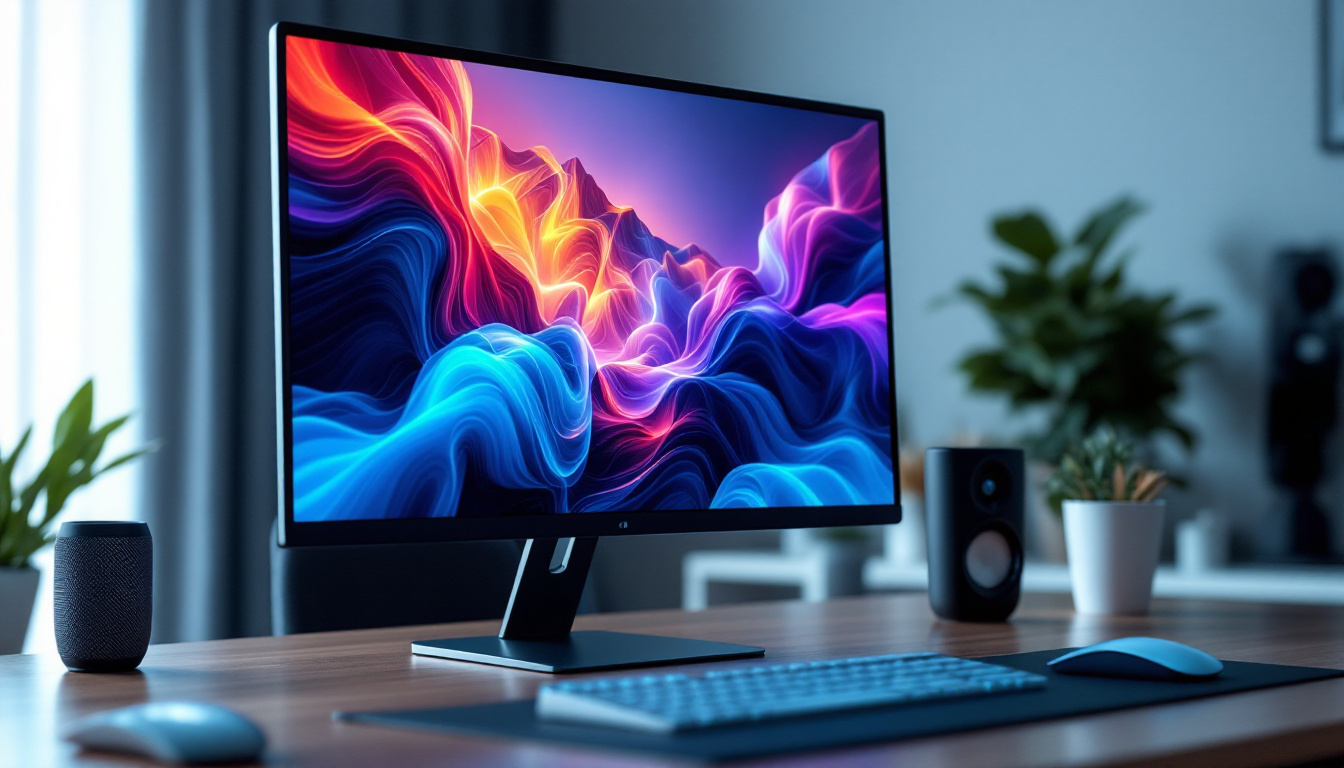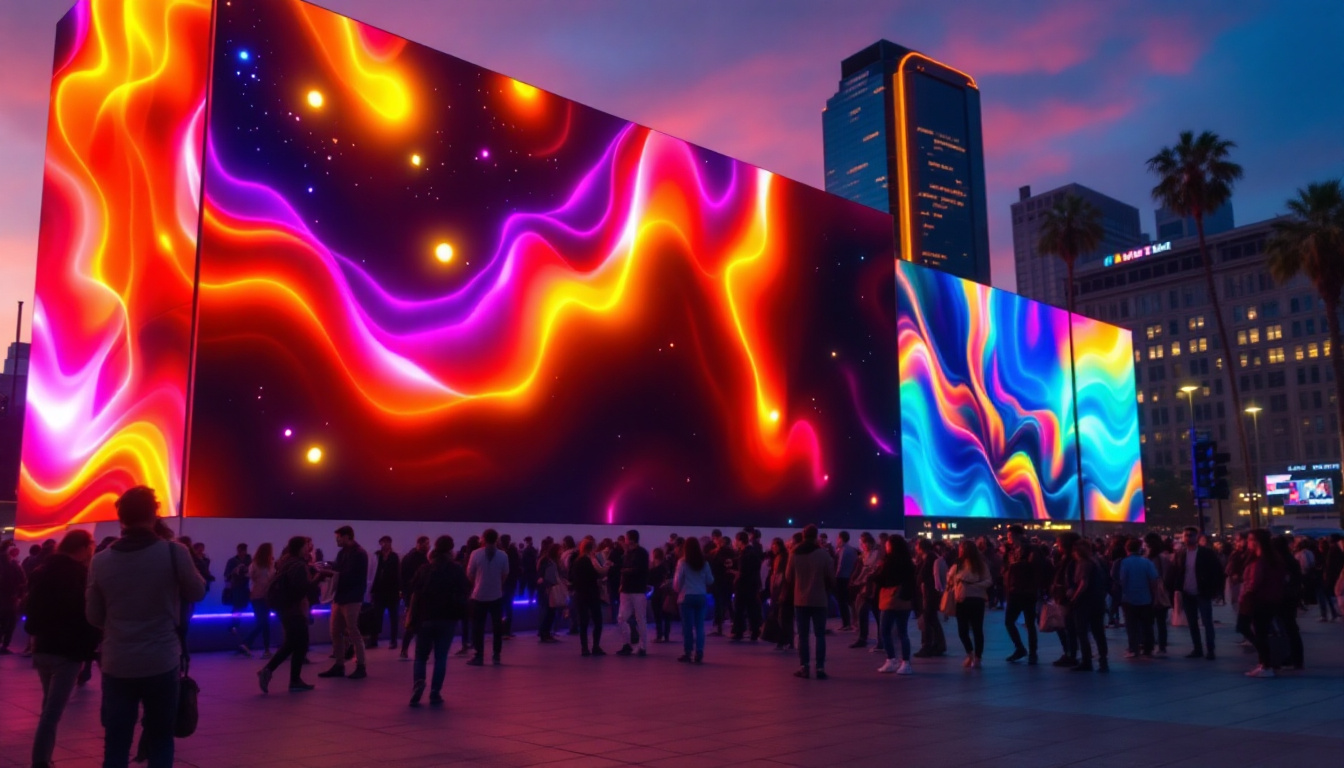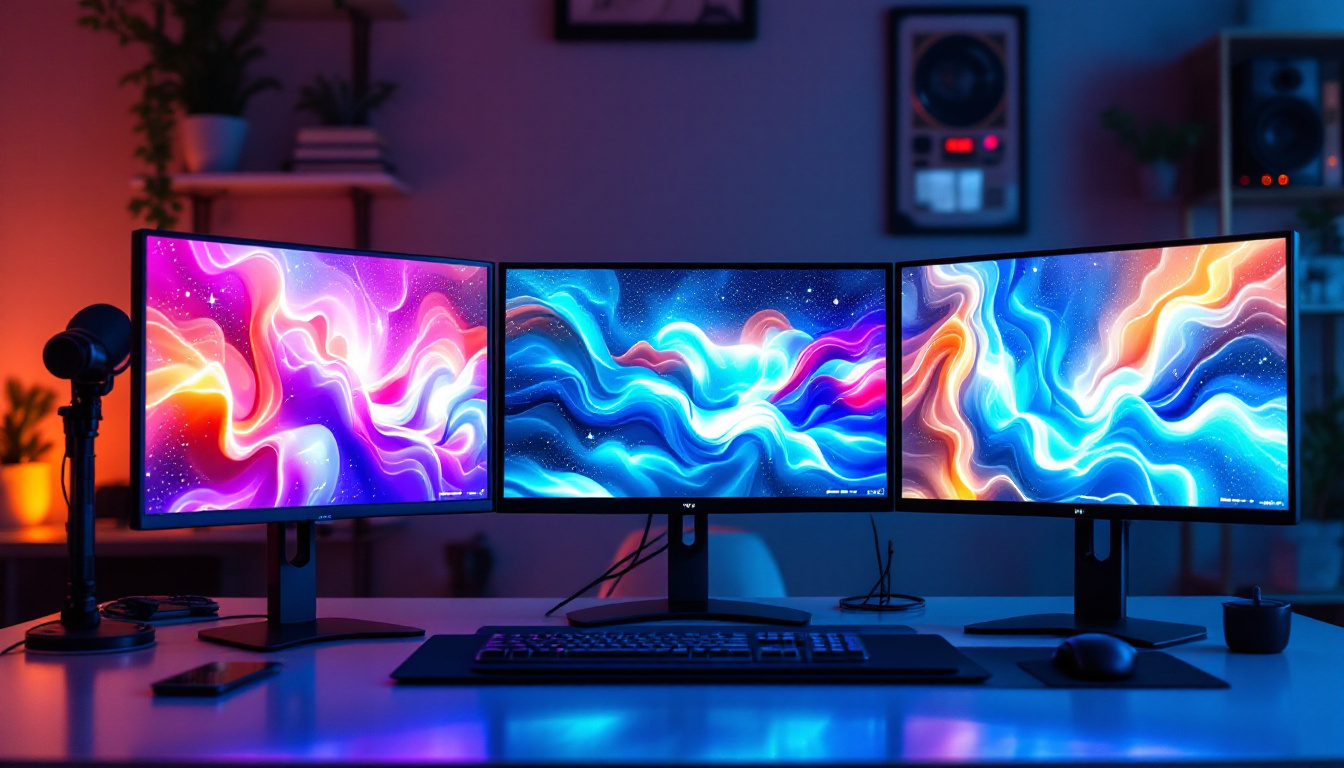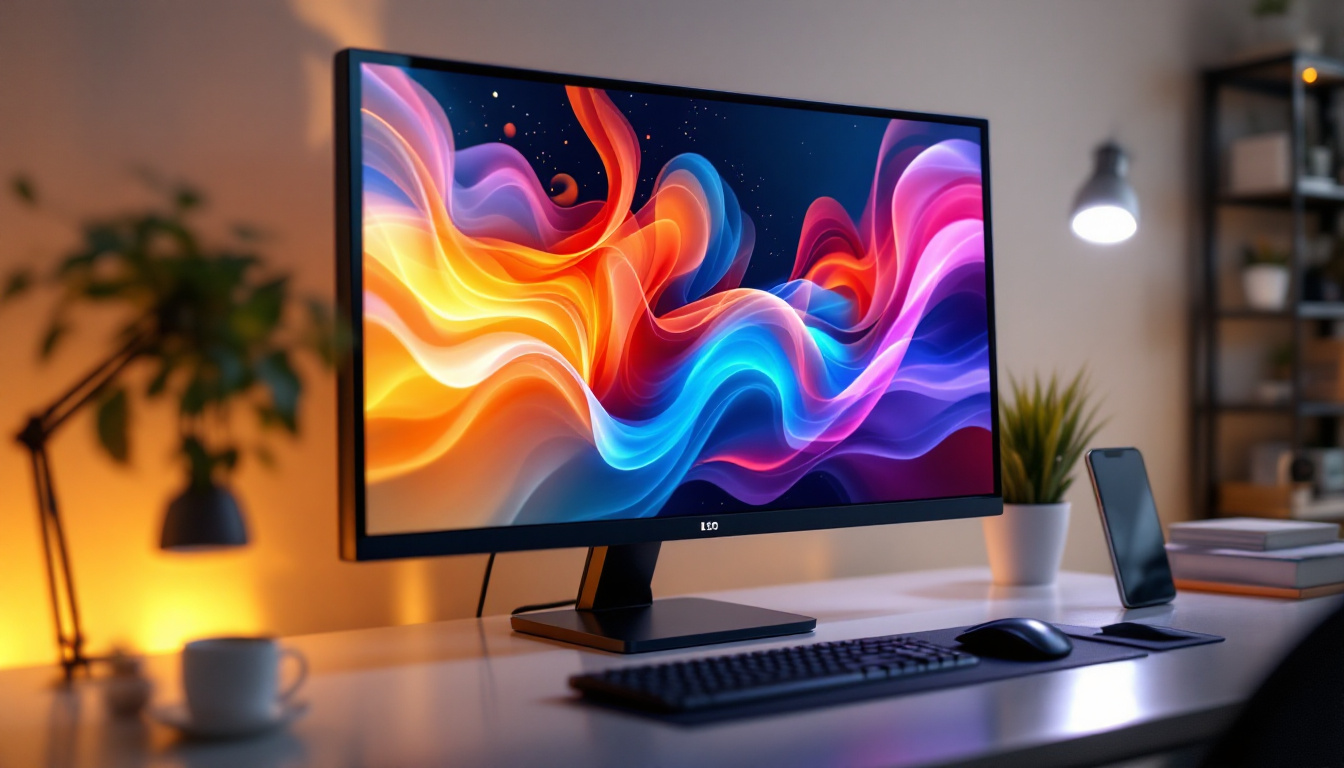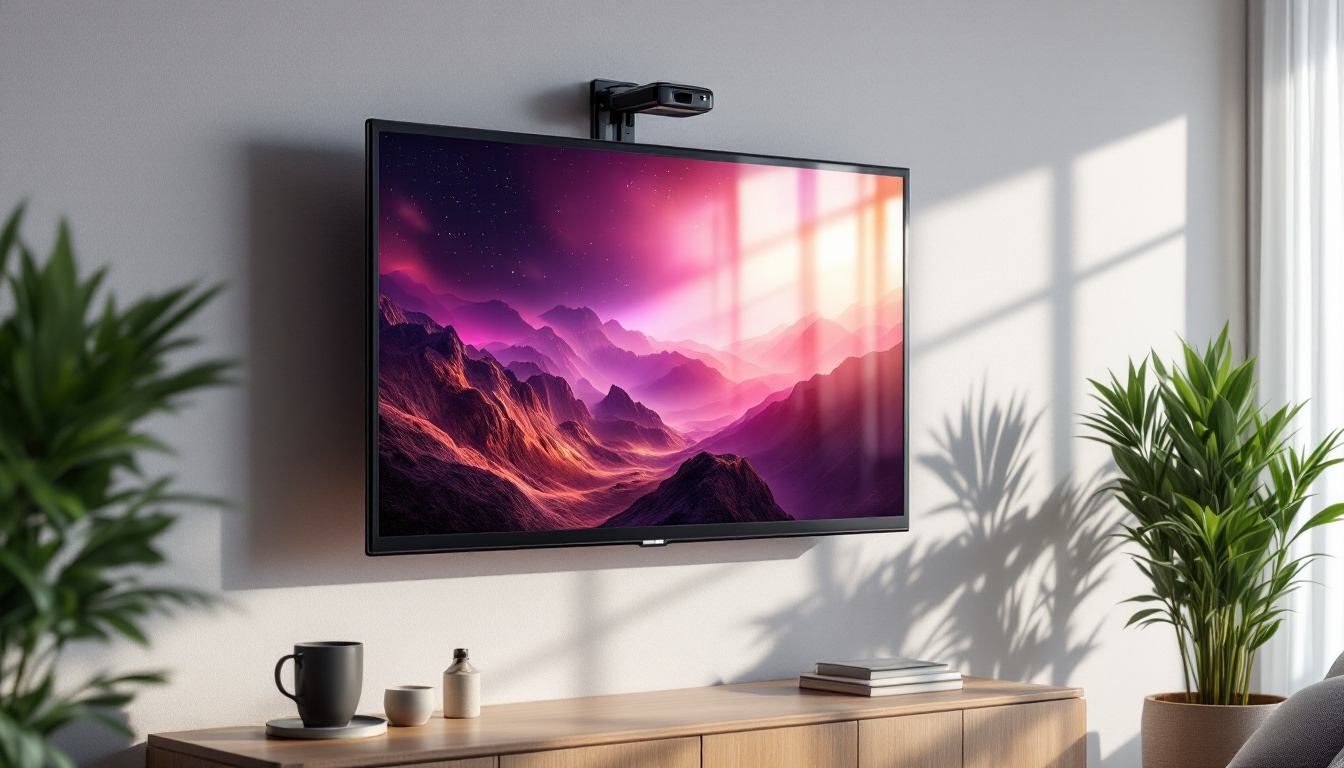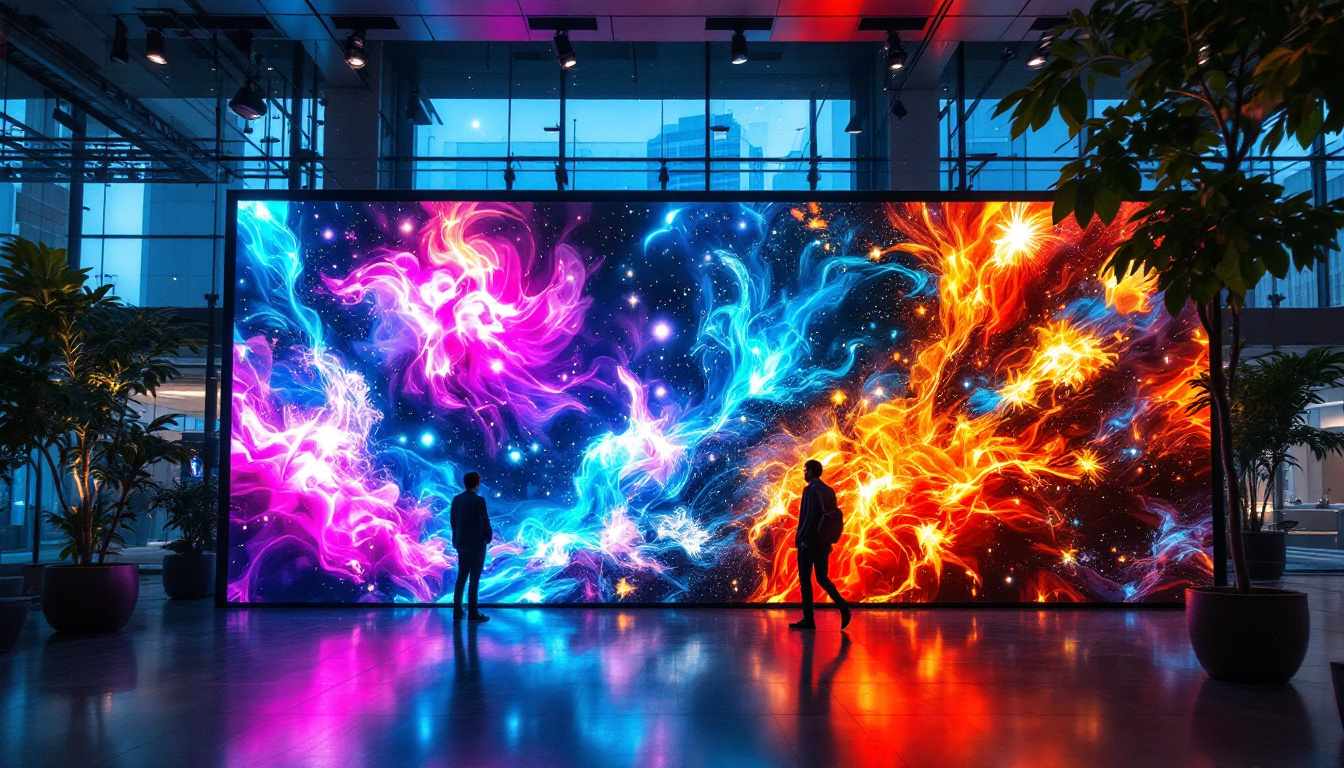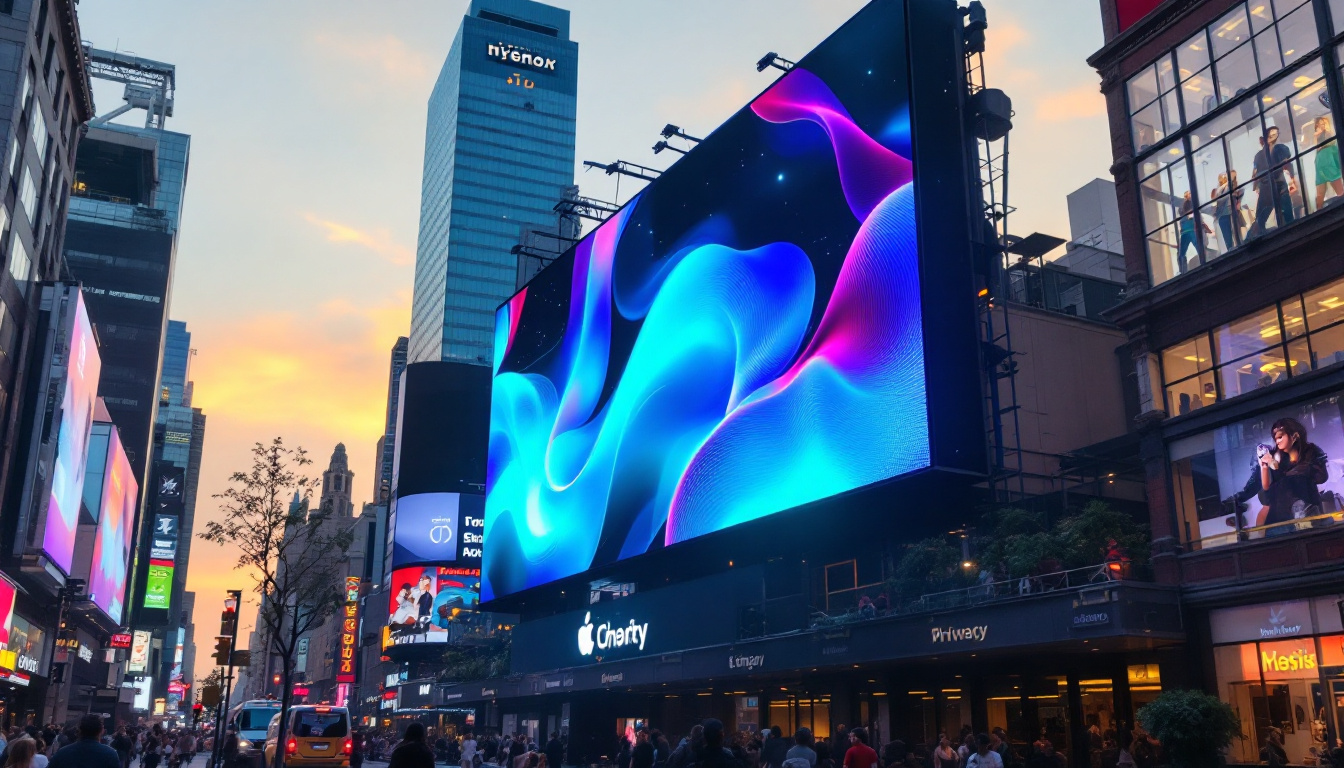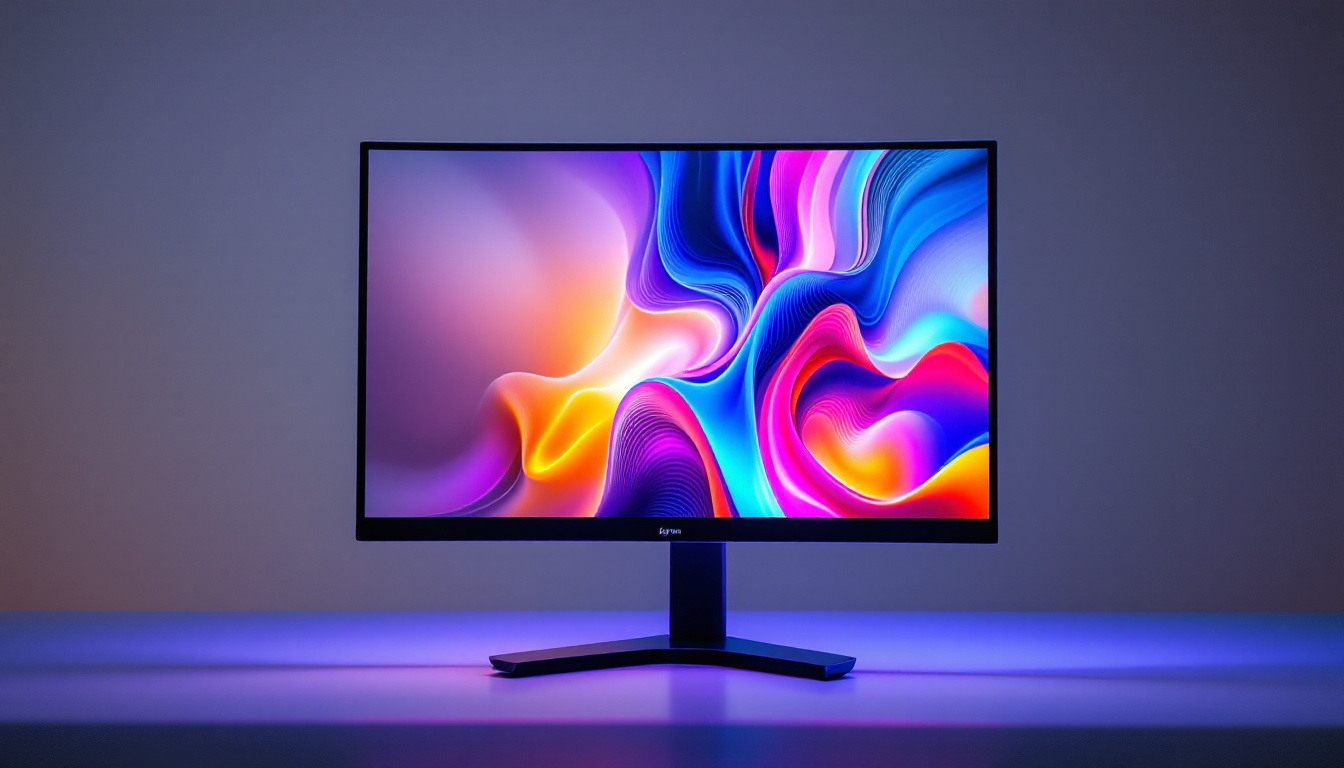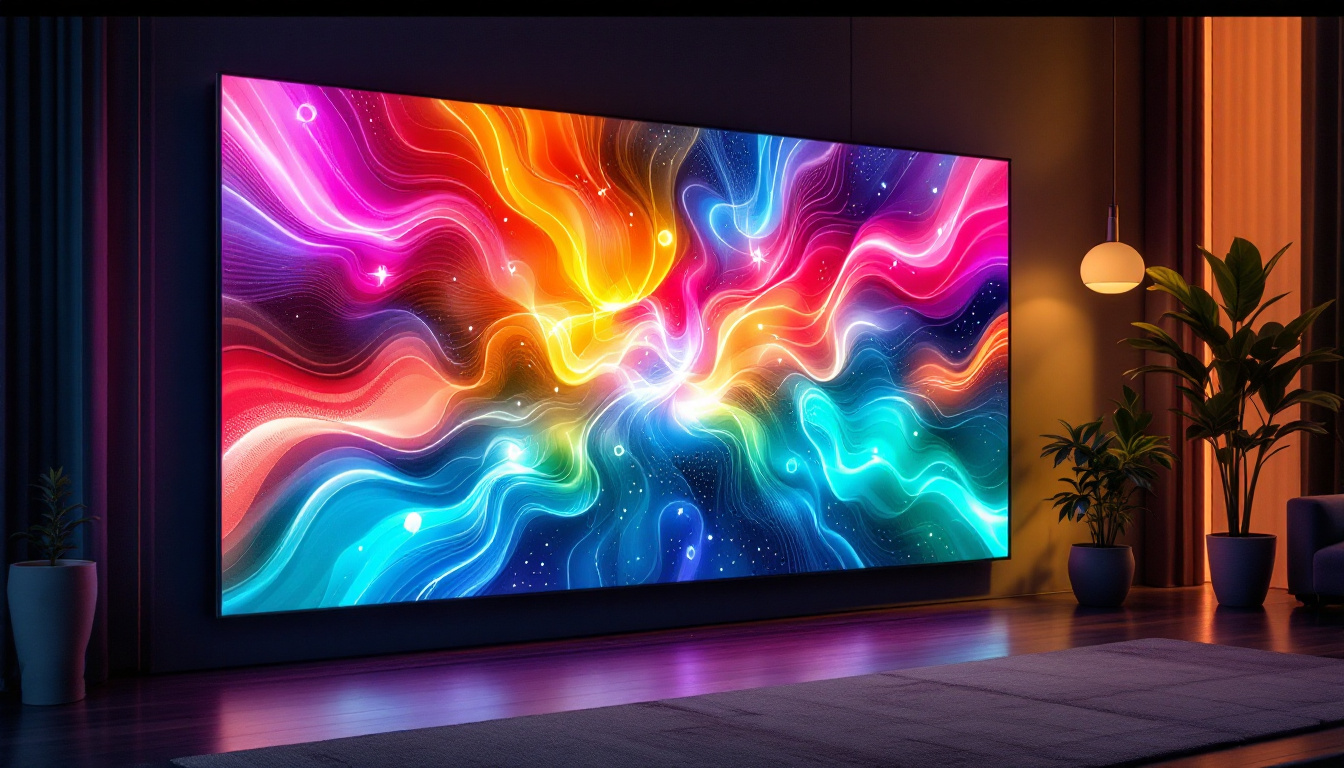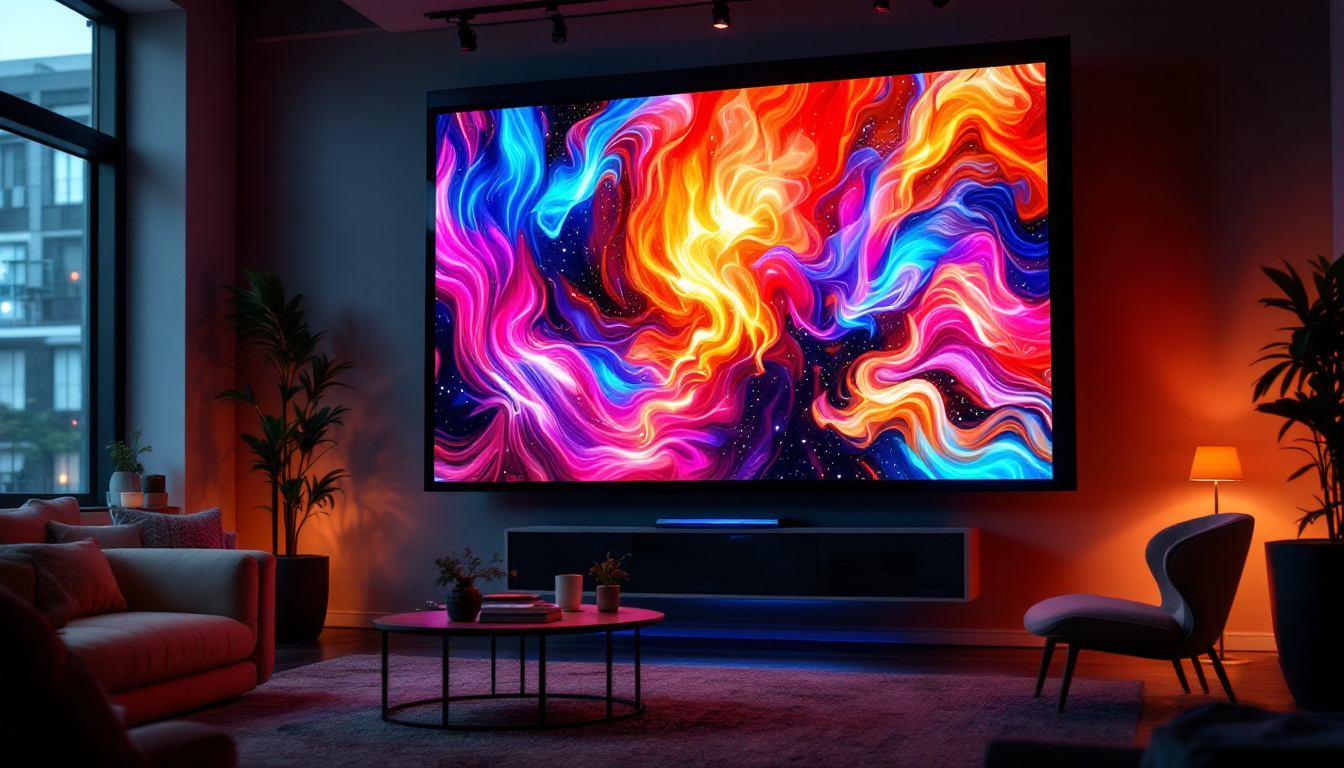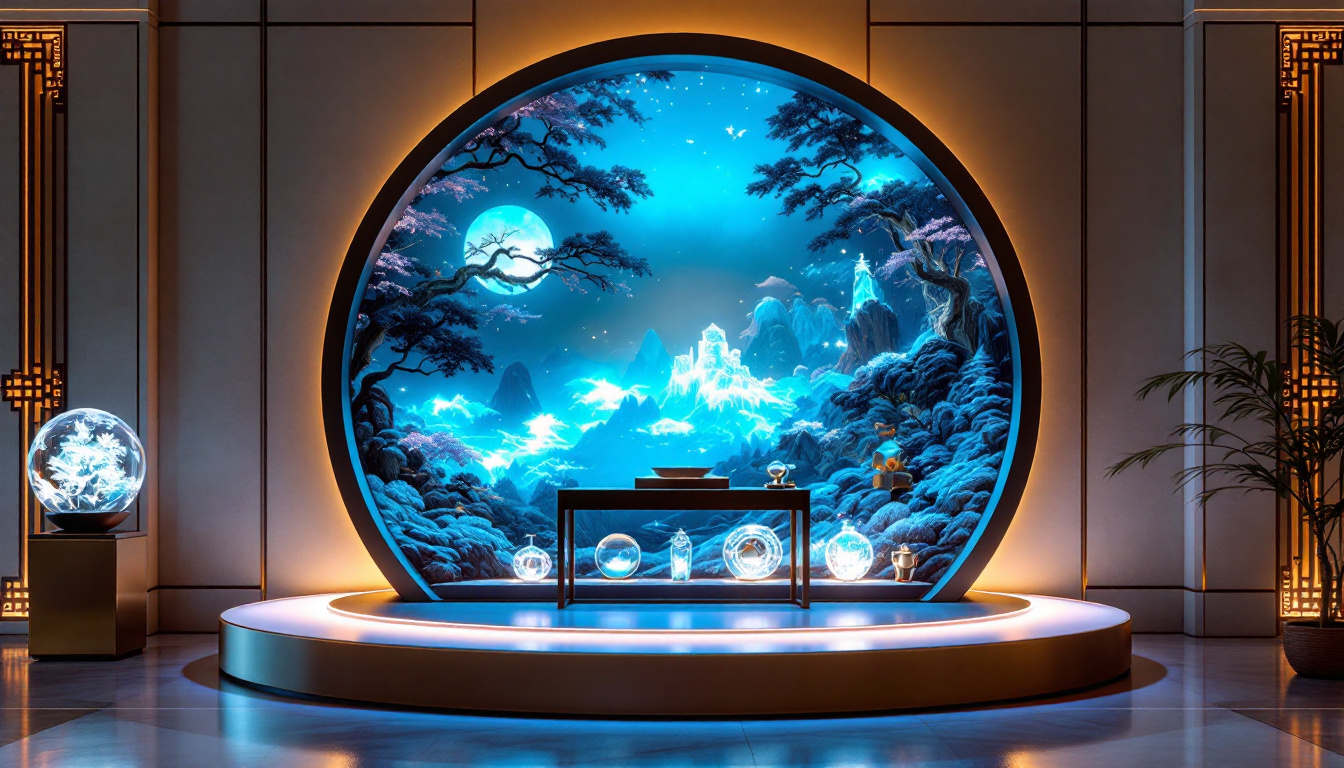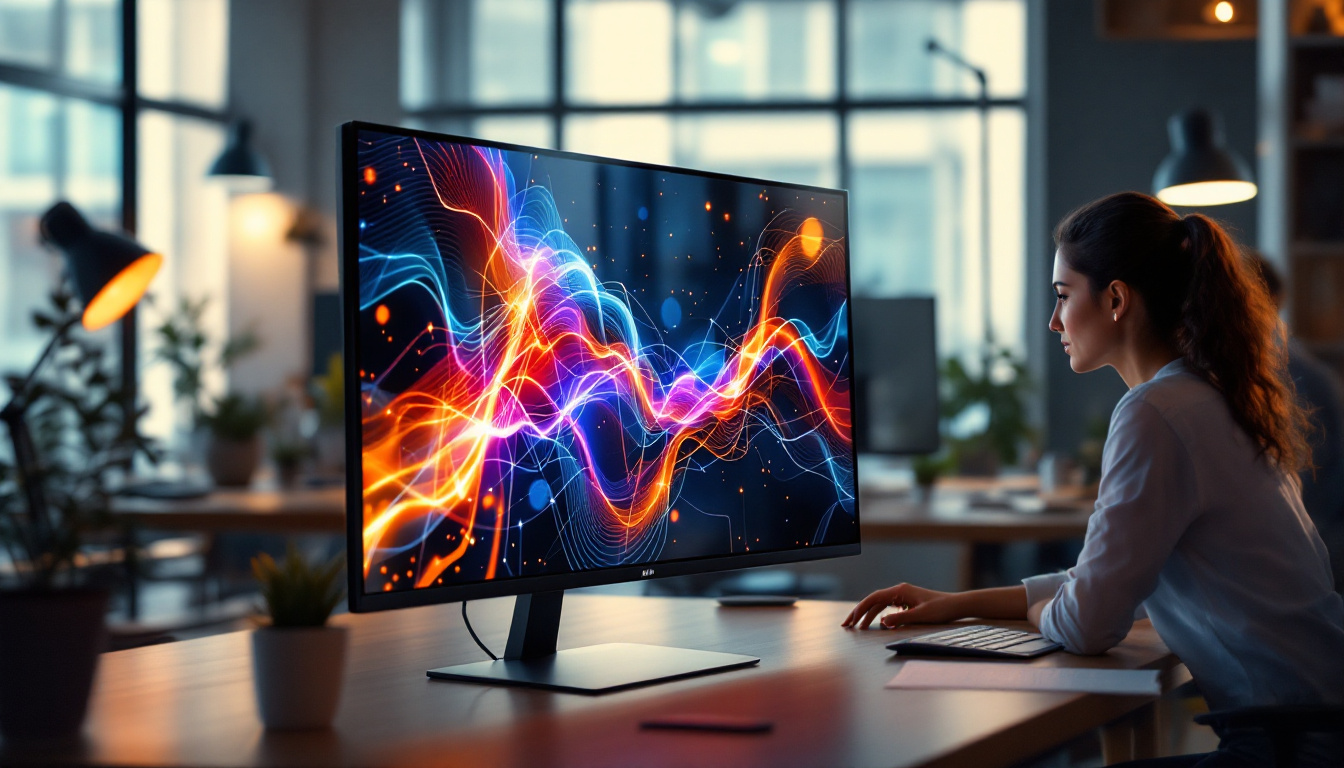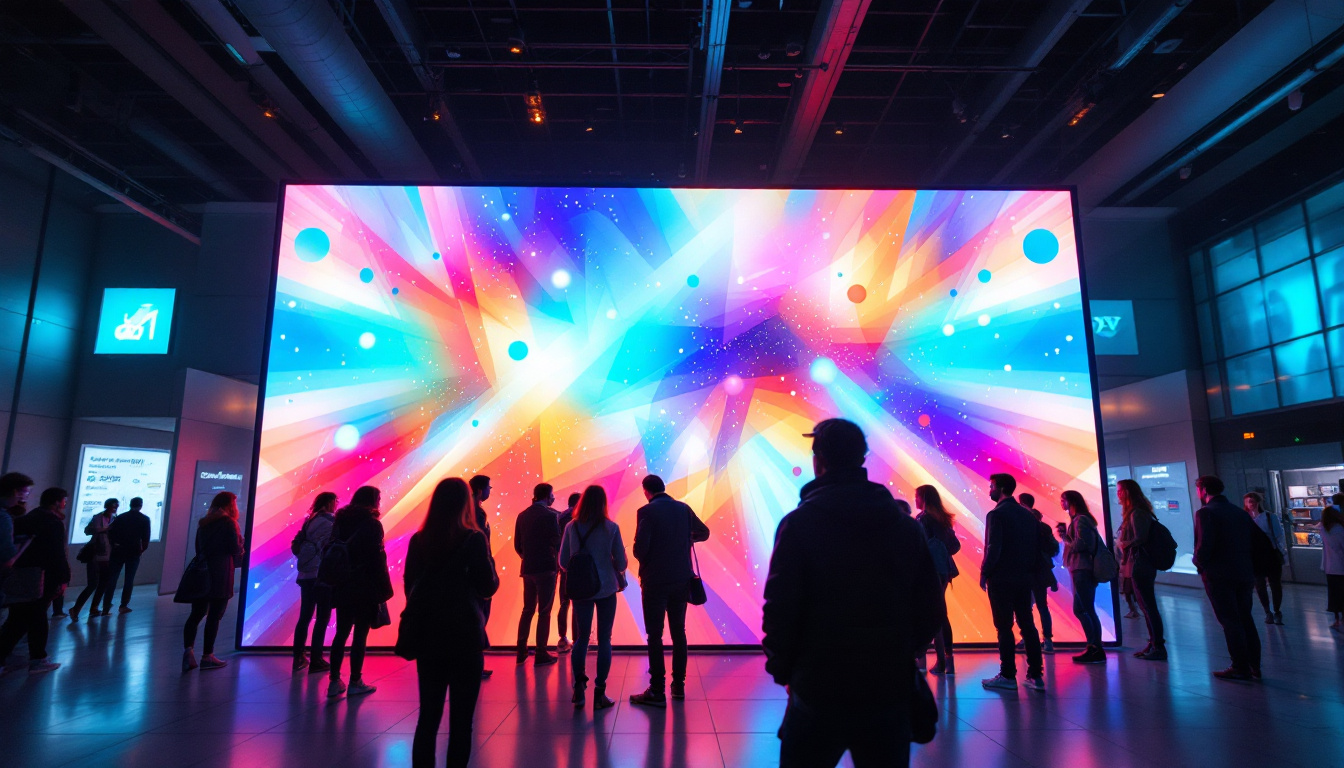In the rapidly evolving world of technology, desktop monitors have become an essential part of both personal and professional setups. Among the various types of displays available, LED (Light Emitting Diode) monitors have gained significant popularity in India. This article delves into the intricacies of LED displays, their advantages, and how they compare to other types of monitors available in the market.
Understanding LED Technology
LED monitors utilize light-emitting diodes to illuminate the screen, offering a brighter and more vibrant display compared to traditional LCDs (Liquid Crystal Displays). The technology behind LED monitors can be broken down into two primary categories: edge-lit and backlit displays.
Edge-Lit vs. Backlit Displays
Edge-lit LED monitors have LEDs placed along the edges of the screen. This design allows for a thinner profile, making these monitors lightweight and easy to mount. However, the light distribution may not be uniform across the screen, potentially leading to inconsistencies in brightness. This can be particularly noticeable in darker scenes or when viewing content with high contrast, where certain areas may appear dimmer than others.
On the other hand, backlit displays feature a full array of LEDs behind the screen. This setup provides better color accuracy and brightness uniformity, enhancing the overall viewing experience. While backlit monitors tend to be bulkier, they are often preferred for professional environments where color precision is paramount. In addition to their superior performance, backlit displays can also support advanced features such as local dimming, which allows specific areas of the screen to be dimmed or brightened independently, further improving contrast and depth in images.
How LED Displays Work
LED displays function by passing an electric current through the diodes to produce light. This light then shines through a liquid crystal layer that modulates the colors displayed on the screen. The result is a high-quality image with vibrant colors and deep contrast ratios. Additionally, LED technology allows for faster refresh rates, making these monitors ideal for gaming and fast-paced video content. The rapid response times of LED displays minimize motion blur, providing a smoother visual experience during action sequences or gaming sessions.
Moreover, LED technology is continually evolving, with advancements such as Quantum Dot and Mini-LED technologies enhancing the capabilities of LED displays even further. Quantum Dot technology utilizes semiconductor nanocrystals to produce more accurate colors and improved brightness levels, while Mini-LED technology involves using thousands of tiny LEDs for backlighting, allowing for finer control over brightness and contrast. These innovations not only enhance the visual quality but also contribute to energy efficiency, making LED displays a more sustainable choice in the long run.
Advantages of LED Monitors
LED monitors have revolutionized the way users interact with their screens, offering several advantages over older technologies. From energy efficiency to superior image quality, these displays cater to a wide range of needs.
Energy Efficiency
One of the most significant benefits of LED monitors is their energy efficiency. Compared to traditional LCDs and CRTs (Cathode Ray Tubes), LED displays consume less power, which not only reduces electricity bills but also contributes to a lower carbon footprint. This efficiency is particularly appealing in a country like India, where energy conservation is becoming increasingly important. Additionally, many LED monitors are designed with eco-friendly features, such as automatic brightness adjustment based on ambient light, further enhancing their energy-saving capabilities.
Enhanced Image Quality
LED monitors are known for their superior image quality. With higher brightness levels and better contrast ratios, they deliver more vivid colors and sharper images. This quality is particularly beneficial for graphic designers, photographers, and gamers who require precise color representation and clarity. Moreover, the rapid response times of LED technology minimize motion blur, making these monitors ideal for fast-paced gaming and video playback.
Furthermore, many LED monitors come equipped with advanced technologies such as HDR (High Dynamic Range), which enhances the range of colors and brightness levels, providing a more immersive viewing experience. This feature allows users to enjoy a broader spectrum of colors, making scenes appear more lifelike and engaging. The combination of these attributes not only elevates the visual experience but also makes LED monitors a preferred choice for professionals in creative fields.
Longer Lifespan
LED monitors generally have a longer lifespan compared to their LCD and CRT counterparts. The diodes used in LED technology are more durable and less prone to burn-in or image retention issues. This longevity makes LED monitors a wise investment for both home and office setups. In fact, many manufacturers offer warranties that reflect the confidence in their products’ durability, often extending up to five years or more.
Additionally, the reduced heat output of LED monitors contributes to their longevity. Lower heat generation not only minimizes the risk of component failure but also enhances overall performance. As a result, users can enjoy a reliable and consistent display experience over time, making LED monitors an excellent choice for those who spend long hours in front of their screens, whether for work or leisure.
Choosing the Right LED Monitor in India
With a plethora of options available in the Indian market, selecting the right LED monitor can be a daunting task. Several factors should be considered to ensure that the chosen monitor meets specific needs and preferences.
Screen Size and Resolution
Screen size is one of the first considerations when purchasing a monitor. LED monitors are available in various sizes, ranging from compact 21-inch displays to expansive 34-inch ultrawide screens. The choice largely depends on the intended use—whether for gaming, professional work, or general browsing.
Resolution is another critical factor. Common resolutions include Full HD (1920×1080), Quad HD (2560×1440), and 4K (3840×2160). Higher resolutions provide more detail, making them ideal for tasks that require precision, such as video editing or graphic design. Additionally, it’s worth noting that the pixel density, measured in pixels per inch (PPI), plays a significant role in image clarity. A higher PPI means sharper images, which can greatly enhance the viewing experience, especially for those who spend long hours in front of the screen.
Refresh Rate and Response Time
The refresh rate, measured in hertz (Hz), indicates how many times the monitor refreshes the image per second. A higher refresh rate, such as 144Hz, is essential for gaming, as it results in smoother motion and reduces motion blur. For general use, a refresh rate of 60Hz is typically sufficient. However, with the rise of competitive gaming, many gamers are now opting for monitors with refresh rates of 240Hz or even higher, which can provide a significant edge in fast-paced scenarios.
Response time, measured in milliseconds (ms), refers to how quickly a pixel can change from one color to another. A lower response time is crucial for fast-paced gaming to avoid ghosting effects. Monitors with a response time of 5ms or lower are generally recommended for gamers. Furthermore, many modern monitors now feature technologies such as FreeSync and G-Sync, which help synchronize the refresh rate of the monitor with the frame rate of the graphics card, resulting in a tear-free gaming experience. These enhancements can be particularly beneficial for users who prioritize smooth visuals in their gaming or multimedia activities.
Top LED Monitor Brands in India
The Indian market is home to several reputable brands that offer high-quality LED monitors. Each brand brings its unique features and specifications, catering to diverse consumer needs.
Samsung
Samsung is a leading name in the electronics industry, known for its innovative technology and high-quality displays. Their range of LED monitors includes options for gamers, professionals, and casual users alike. Samsung monitors often feature advanced technologies such as QLED and HDR, enhancing the viewing experience significantly.
LG
LG is another prominent player in the LED monitor market. The brand is recognized for its IPS (In-Plane Switching) technology, which offers wider viewing angles and better color accuracy. LG monitors are particularly popular among graphic designers and content creators who require precise color representation.
Acer and ASUS
Acer and ASUS are well-regarded for their gaming monitors, providing high refresh rates and low response times. These brands focus on delivering performance-oriented displays that cater to the gaming community, making them ideal for those seeking an immersive gaming experience.
Price Range of LED Monitors in India
The price of LED monitors in India varies significantly based on factors such as brand, size, resolution, and features. Consumers can find budget-friendly options starting from around ₹8,000 for basic models, while high-end monitors with advanced features can go up to ₹50,000 or more.
Budget Options
For users on a tight budget, several brands offer reliable LED monitors that provide decent performance without breaking the bank. These monitors typically come with Full HD resolution and standard refresh rates, making them suitable for everyday tasks such as browsing, office work, and streaming.
Mid-Range Choices
Mid-range monitors, priced between ₹15,000 to ₹30,000, often feature higher resolutions, better color accuracy, and additional functionalities such as adjustable stands and multiple connectivity options. These monitors strike a balance between performance and affordability, catering to users who require more from their displays without a hefty investment.
Premium Monitors
For professionals and enthusiasts, premium monitors priced above ₹30,000 offer cutting-edge technology, high resolutions, and advanced features. These displays are ideal for graphic designers, video editors, and gamers who demand the best performance and image quality. Features such as 4K resolution, high refresh rates, and HDR support are common in this price range.
Conclusion
LED monitors have transformed the way users interact with their computers, offering a blend of energy efficiency, superior image quality, and longevity. With various options available in the Indian market, consumers can find a monitor that fits their specific needs and budget. As technology continues to advance, LED displays are likely to remain at the forefront of desktop monitor innovation, providing users with an enhanced viewing experience.
Whether for gaming, professional work, or casual use, LED monitors stand out as a versatile and reliable choice, making them a worthwhile investment for anyone looking to upgrade their desktop setup.
Explore Cutting-Edge LED Displays with LumenMatrix
Ready to experience the future of visual technology? LumenMatrix is at the forefront of LED display innovation, offering a vast array of solutions tailored to meet your needs. From captivating Indoor LED Wall Displays to dynamic Outdoor LED Wall Displays, and from versatile Vehicle LED Displays to sleek LED Poster Displays, our products are designed to revolutionize your visual communication. Whether you’re looking to enhance engagement in a professional setting or create an unforgettable experience in a public space, LumenMatrix has the perfect LED solution for you. Don’t miss out on the opportunity to elevate your brand visibility and captivate your audience. Check out LumenMatrix LED Display Solutions today and transform your space into a visual masterpiece.

